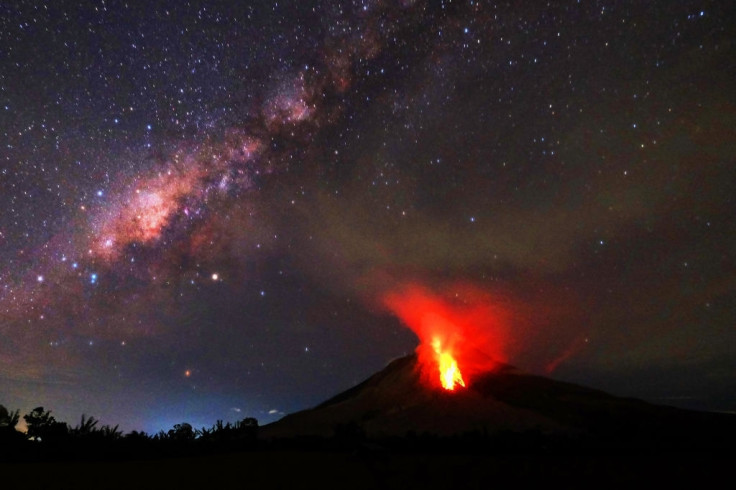Nasa has a $3.5bn plan to avert the catastrophic eruption of the Yellowstone supervolcano
Yellowstone, one of 20 known supervolcanoes, could be the biggest threat to human life on Earth.

Scientists at Nasa have revealed a plan to counter the looming threat of a catastrophic eruption from the Yellowstone supervolcano.
Supereruptions from supervolcanos occur every 100,000 to 1 million years, according to Nasa. Yellowstone itself is thought to be on a 600,000-year eruption schedule, and it's just about due for another.
The event would produce large amounts of magma and a devastating cloud of ash which would choke the Earth of sunlight for many years - a volcanic winter.
Yellowstone, one of the 20 known supervolcanoes, could be one of the biggest threats to human life on Earth, potentially worse than an asteroid or comet strike.
Scientists at Nasa have prepared an ambitious plan to avert the disaster and prevent the volcano from exploding, which they shared with BBC. It is a risky but potentially adaptable method of cooling down the magma chambers inside the supervolcano.
Yellowstone leaks nearly 60-70% of its heat into the atmosphere, but the remaining heat stays inside and could build into a super eruption. The Nasa scientists believe they could avert that catastrophe with the help of cool water, which the researchers say could induce a 35% reduction in the amount of heat stored in the magma chambers.
According to the report, a task as hefty as this could be accomplished by drilling 6.2 miles into the supervolcano and pumping in high-pressure water. The water, it is hypothesised, should reduce the level of heat in the magma chambers before being pumped back out.
The water coming out of the supervolcano, according to Nasa, would be boiling at about 350C (662F), and could be used to generate electricity.
"Through drilling in this way, it could be used to create a geothermal plant, which generates electric power at extremely competitive prices of around $0.10/kWh," Brian Wilcox, a researcher at Nasa's Jet Propulsion Laboratory (JPL), explained to the BBC.
Wilcox noted the move could generate "electricity which can power the surrounding area for a period of potentially tens of thousands of years. And the long-term benefit is that you prevent a future supervolcano eruption which would devastate humanity."
The plan has its benefits, but it's important to note that drilling into a supervolcano will come with a bunch of risks and heavy investment - estimated at $3.46bn (£2.74). A botched effort could prove catastrophic for the entire planet.
"If you drill into the top of the magma chamber and try and cool it from there, this would be very risky," Wilcox said. "This could make the cap over the magma chamber more brittle and prone to fracture. And you might trigger the release of harmful volatile gases in the magma at the top of the chamber which would otherwise not be released."
The plan is still not confirmed, but the researchers hope revealing it could trigger debates and suggestions revolving around the idea of preventing supervolcanic eruptions, a phenomenon that is bound to happen one day.
© Copyright IBTimes 2025. All rights reserved.





















